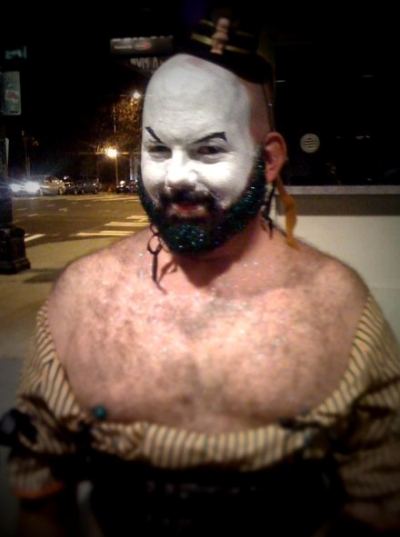At 12.5 square feet, The Telephone Room in Tacoma is not the smallest gallery in the world but must be in the tiny top ten.
From its Web site:
It is located in a Dutch Colonial home in Tacoma and since 1930, its sole purpose has been to house a black rotary dial telephone. Until now…The Telephone Room is small, but its mission is big: to house artist-driven exhibits and programming. Big ideas in an intimate space.
Opening tomorrow night are Blake Haygood‘s new drawings under the collective title of Is You Is, in gouache and graphite on ragboard.
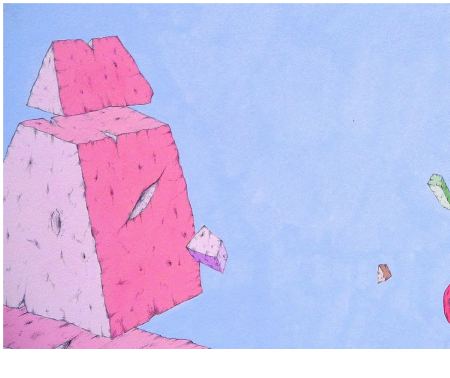 Haygood began as a printmaker and still paints in a modified printmaking style, incising form into wood panels and painting in layers through a process of erasure, laying on and partially wiping out. When he began painting earlier in the decade, acrylics in a mineral varnish woke up his
Haygood began as a printmaker and still paints in a modified printmaking style, incising form into wood panels and painting in layers through a process of erasure, laying on and partially wiping out. When he began painting earlier in the decade, acrylics in a mineral varnish woke up his
weightless world.
Born in Athens, Ga., in 1966, he grew up in a smaller, more rural town nearby, spending a lot of time at his grandfather’s farm bordered by woods.
Untended, the farm had slid into disrepair. Beyond a barn with a caved-in roof and machinery rotting in the field was the woods, also strewn with broken machines.
A walk in the countryside meant a scramble over dumped refrigerators, cars and parts of cars, washing machines, buzz saws, bikes and bed posts.
Wild grasses, mosses and tree saplings used the machinery as nurse logs, shooting up inside it and growing large enough to shoulder it aside or bury it.
Haygood’s new work has moved beyond the semi-pastoral decay of the old South to explore more remote cosmologies. Inside them, densities of cut stone or wood linger on their blunt bases before pushing off into the air. His forms may be eroded, but his soft hues are always brand new. He is a master of the potent blank. He takes his cues from traditional Chinese landscape artists who created air, water and mountains largely by leaving them empty. Haygood’s forms are lovely, but it’s the colored air around them makes them matter.
Is You Is is half a line. Musically, it ends in a love song. Although Haygood uses the reference to mark a career turning point, no longer part-time painter and part-time art dealer but painter full-time, his paintings make the song their own. What is lost, ruined or left behind is desirable again in the redeeming space he makes for it.
Update: Better image via
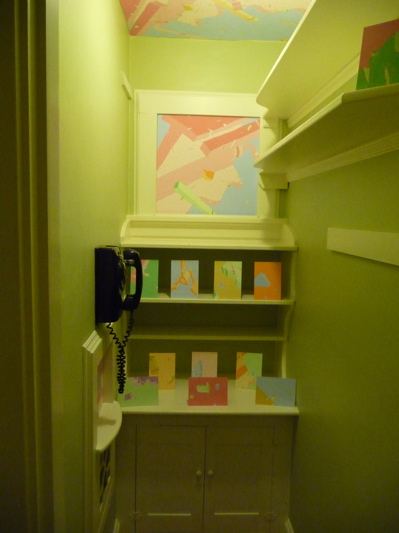



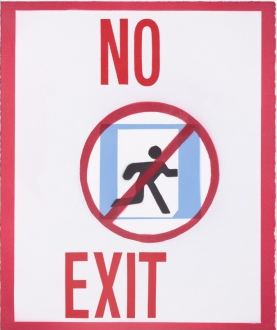
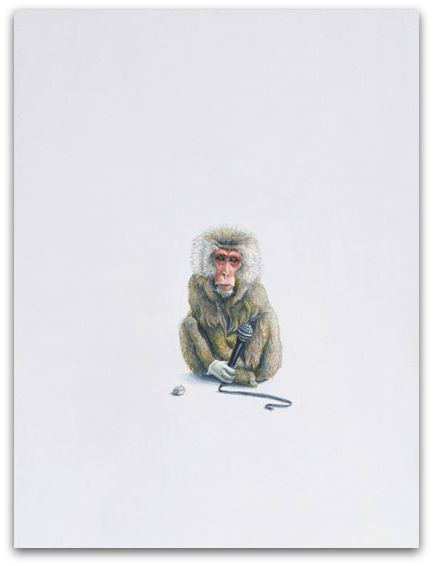
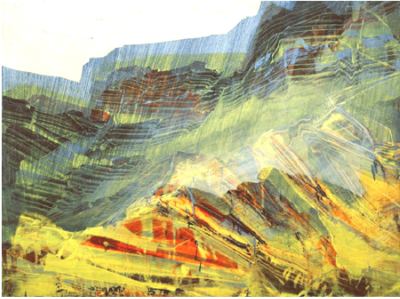 I
I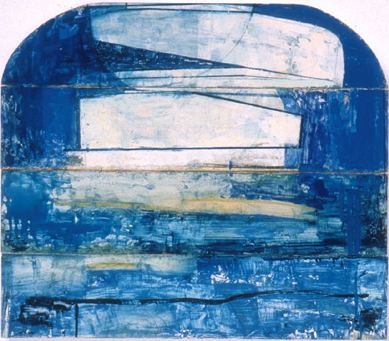 I
I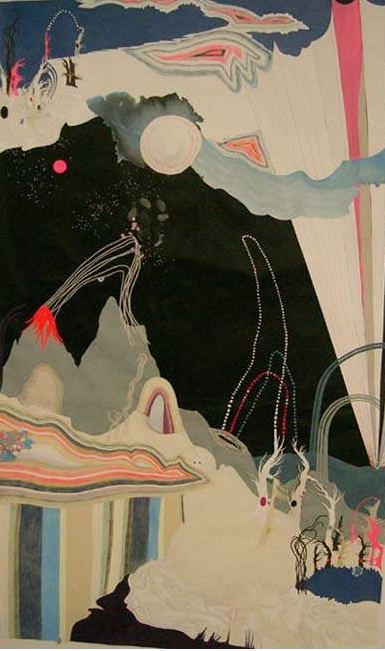 I hate watching people look at my pictures. I never like anything about the way they do it.
I hate watching people look at my pictures. I never like anything about the way they do it.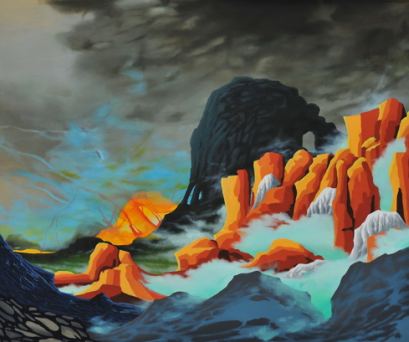 My
My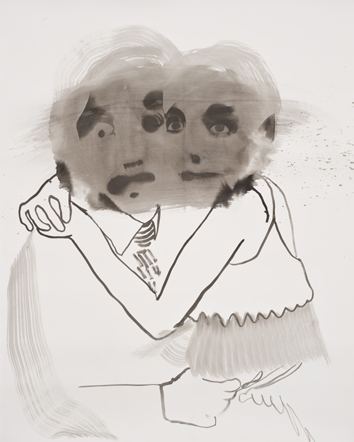 I don’t think of my pictures as small – I think of them as efficient.
I don’t think of my pictures as small – I think of them as efficient. 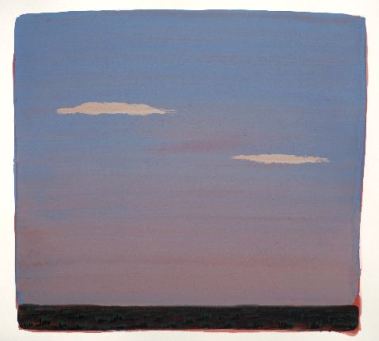
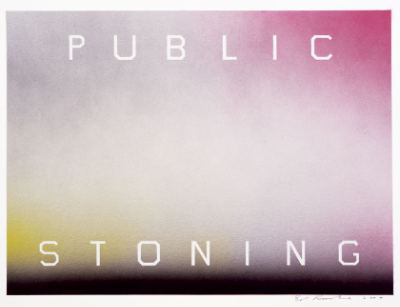 No story ever happens the way we tell it, but the moral is always correct.
No story ever happens the way we tell it, but the moral is always correct.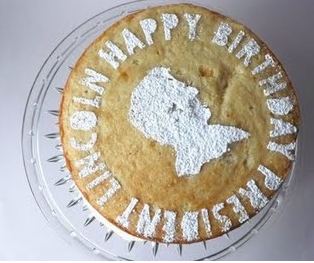 (Previous post
(Previous post 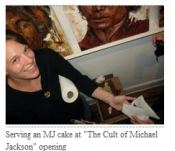 “This is a story about finding a penny, but it begins with a dime. As for how it all ends, of that I have no idea…
“This is a story about finding a penny, but it begins with a dime. As for how it all ends, of that I have no idea… 